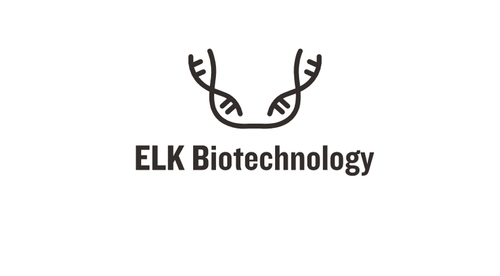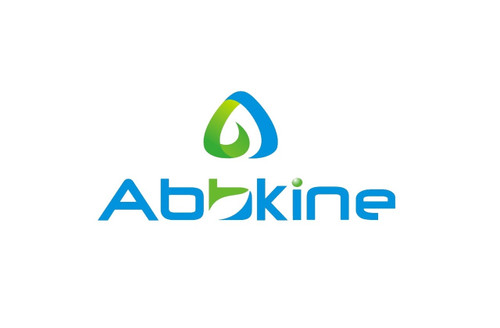Product Description
Human Peroxiredoxin 4 (PRDX4) ELISA Kit | AE26081HU | Abebio
Species Reactivity: Human (Homo sapiens)
Abbreviation: PRDX4
Alternative Name: AOE37-2; PRX-4; thioredoxin peroxidase (antioxidant enzyme)
Application: ELISA
Range: 31.25-2000 pg/mL
Sensitivity: 12.5 pg/mL
Intra-Assay: ≤4.7%
Inter-Assay: ≤8.3%
Recovery: 0, 94
Sample Type: Serum, Plasma, Other biological fluids
Detection Method: Sandwich
Analysis Method : Quantitive
Test Principale: This assay employs a two-site sandwich ELISA to quantitate PRDX4 in samples. An antibody specific for PRDX4 has been pre-coated onto a microplate. Standards and samples are pipetted into the wells and anyPRDX4 present is bound by the immobilized antibody. After removing any unbound substances, a biotin-conjugated antibody specific for PRDX4 is added to the wells. After washing, Streptavidin conjugated Horseradish Peroxidase (HRP) is added to the wells. Following a wash to remove any unbound avidin-enzyme reagent, a substrate solution is added to the wells and color develops in proportion to the amount of PRDX4 bound in the initial step. The color development is stopped and the intensity of the color is measured.
Product Overview: Peroxiredoxin-4 is an antioxidant enzyme and belongs to the peroxiredoxin family. The protein is localized to the cytoplasm. Peroxidases of the peroxiredoxin family reduce hydrogen peroxide and alkyl hydroperoxides to water and alcohol with the use of reducing equivalents derived from thiol-containing donor molecules. This protein has been found to play a regulatory role in the activation of the transcription factor NF-kappaB.Sequence analysis predicted that the 271-amino acid protein, 70% identical to a yeast thiol-specific antioxidant, contains a signal peptide and 2 peroxide catalysis cysteine motifs conserved in all human peroxiredoxins. Functional analysis showed that PRDX4 protects glutamine synthetase (GLUL) from inactivation.
Stability: The stability of ELISA kit is determined by the loss rate of activity. The loss rate of this kit is less than 5% within the expiration date under appropriate storage condition. The loss rate was determined by accelerated thermal degradation test. Keep the kit at 37°C for 4 and 7 days, and compare O.D.values of the kit kept at 37°C with that of at recommended temperature. (referring from China Biological Products Standard, which was calculated by the Arrhenius equation. For ELISA kit, 4 days storage at 37°C can be considered as 6 months at 2 - 8°C, which means 7 days at 37°C equaling 12 months at 2 - 8°C) .
 Euro
Euro
 USD
USD
 British Pound
British Pound
 NULL
NULL












